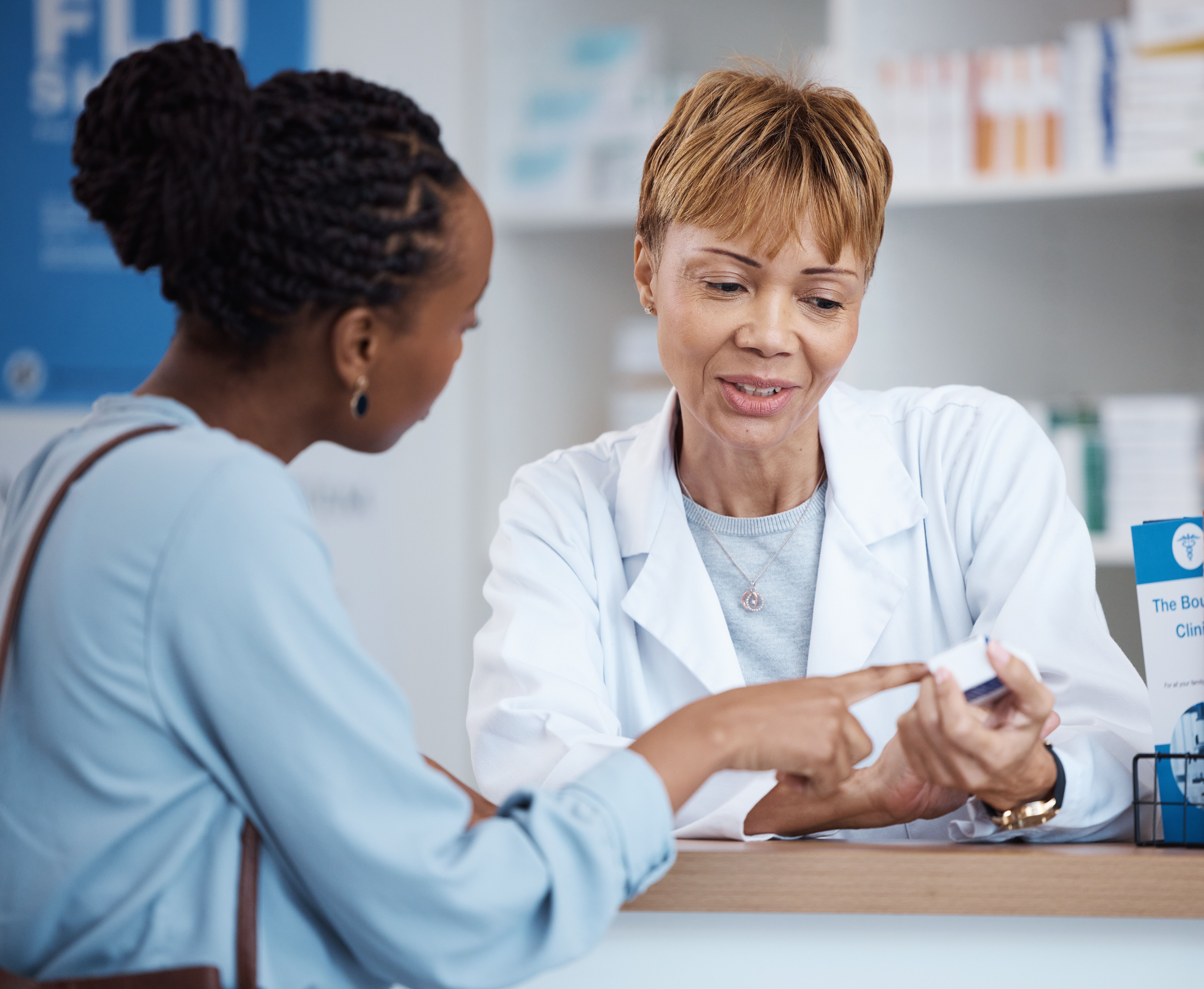Article
Glaukos announces results of two Phase 3 pivotal trials of iDose TR
Author(s):
According to the company, the Phase 3 pivotal trials met pre-specified primary efficacy endpoints for both doses of iDose TR., supported an anticipated upcoming NDA submission.

Glaukos Corp. announced this week it has positive topline data for both Phase 3 pivotal trials of iDose TR that achieved its prespecified primary efficacy endpoints through three months in both Phase 3 trials and demonstrated excellent tolerability and a favorable safety profile through 12 months.
According to the company, topline summary results and observations from the iDose TR Phase 3 pivotal trials are as follows:
- For each of the two Phase 3 iDose TR pivotal trials, GC-010 and GC-012, both the fast- and slow-release iDose TR arms achieved the pre-specified primary efficacy endpoint of non-inferiority to the active comparator arm (twice-daily topical timolol ophthalmic solution, 0.5%) through 3 months.
- For the GC-010 trial, the intraocular pressure (IOP) reductions from baseline over the first 3 months were 6.6-8.5 mmHg in the slow-release iDose TRarm, versus 6.6-7.7 mmHg in the timolol control arm (mm Hg range represents IOP reduction means across the six U.S. Food and Drug Administration (FDA) pre-specified timepoints of 8 a.m. and 10 a.m. at Day 10, Week 6 and Month 3). For the GC-012 trial, IOP reductions from baseline over the first 3 months were 6.7-8.4 mm Hg in slow-release iDose TR arm, versus 6.8-7.2 mmHg in the timolol control arm.
- 93% of slow-release iDose TR subjects remained well-controlled on the same or fewer IOP-lowering topical medications at 12 months compared to screening after a single administration of iDose TR, versus 67% of timolol control subjects in both Phase 3 trials. Additionally, 81% of slow-release iDose TR subjects were completely free of IOP-lowering topical medications at 12 months across both trials.
- iDose TR demonstrated excellent tolerability with 98% of slow-release iDose TR subjects continuing in the trial at 12 months, versus 95% of timolol control subjects across both Phase 3 trials.
- iDose TR demonstrated a favorable safety profile through 12 months, with no adverse events of corneal endothelial cell loss, no serious corneal adverse events and no adverse events of periorbital fat atrophy. Notably, conjunctival hyperemia occurred at a very low rate of 3% for slow-release iDose TR subjects. The most frequent adverse event for slow-release iDose TR subjects was mild transient iritis at a rate of 6% in both Phase 3 trials.
- In-office administration of iDose TR was successfully employed with various subjects across multiple sites with outcomes that were consistent with the Phase 3 trials, thus demonstrating the feasibility of iDose TR administration in the office setting.
In the news release, Thomas Burns, Glaukos chairman and CEO, noted that the company is pleased to announce these robust and replicative positive Phase 3 pivotal data results for iDose TR, which mark a major milestone for our company and powerfully reaffirms the company’s view that iDose TR can be a transformative novel technology able to fundamentally improve the glaucoma treatment paradigm for patients.
“We believe there is an important unmet clinical need and strong appetite within the ophthalmic community for safe, effective and sustained dropless pharmaceutical alternatives to traditional topical medications,” he said in the statement. “These data leave us ideally positioned for an upcoming NDA submission and FDA review for iDose TR as we continue to advance our mission to transform vision for the benefit of patients around the globe suffering from chronic eye diseases.”
Moreover, the company noted that based on the combined efficacy and safety results from both Phase 3 pivotal trials, Glaukos plans to move forward with its plans for an NDA submission to the U.S. FDA for the slow-release iDose TR model, with an expected FDA review and decision completed by the end of 2023.
According to the news release, administered during a micro-invasive procedure, the iDose TR contains a novel formulation of travoprost, a prostaglandin analog used to reduce IOP. Once all travoprost is released, the iDose TR was designed to be removed and replaced with a new iDose TR, thus potentially offering an alternative to daily eye drop treatment.
The iDose TR Phase 3 clinical program consists of two prospective, randomized, double-masked pivotal clinical trials designed to compare the safety and efficacy of a single administration of one of two iDose TR models with different travoprost release rates (referred to as the fast- and slow-release iDose TR models, respectively) to topical timolol ophthalmic solution, 0.5% BID (twice a day), in reducing elevated IOP in subjects with open-angle glaucoma (OAG) or ocular hypertension. The two iDose TR pivotal trials are nearly identical in terms of design, protocol, predefined endpoints, size and randomization.
The first of the two Phase 3 pivotal trials, referred to as GC-010, randomized a total of 590 subjects, comprised of 200 subjects in the slow-release iDose TR arm, 197 subjects in the fast-release iDose TR arm and 193 subjects in the timolol active comparator arm. The second of the two Phase 3 pivotal trials, referred to as GC-012, randomized a total of 560 subjects, comprised of 183 subjects in the slow-release iDose TR arm, 185 subjects in the fast-release iDose TR arm and 193 subjects in the timolol active comparator arm. In total, the Phase 3 trials randomized a total of 1,150 subjects across 89 clinical sites.
The primary efficacy endpoint of the Phase 3 studies was a non-inferiority comparison to topical timolol 0.5% BID over the first 3 months, defined as time-matched diurnal IOP measurements at 8 a.m. and 10 a.m. at Day 10, Week 6 and Month 3. Primary safety evaluations were performed through 12 months.
Mean baseline IOP was approximately 24 mmHg across each arm in each study. Approximately 81% of slow-release iDose TR subjects had OAG while the remaining 19% had ocular hypertension. Approximately 67% of slow-release iDose TR subjects were on one or more IOP-lowering medications at screening, including 23% of subjects who were on two or more IOP-lowering medications at screening.
Newsletter
Don’t miss out—get Ophthalmology Times updates on the latest clinical advancements and expert interviews, straight to your inbox.





